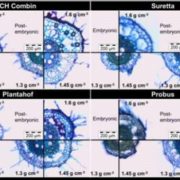
How Wheat Root Tips Break Through Tough Soil
Blog, Plant Physiology, Plant Physiology: On The Inside, Research, Research Blog0 Comments
/
Soils exhibiting high mechanical impedance as a result of soil compaction or drying, limit root elongation and adversely affect soil exploration and resource uptake. When soil mechanical impedance is increased, root elongation rate decreases within hours and may entirely cease, leading to significant…

Is Root Cortical Senescence Beneficial?
Blog, Plant Physiology, Plant Physiology: On The Inside, Research, Research BlogRoot cortical senescence (RCS) is a type of programmed cell death found in the Triticeae tribe. RCS is unrelated to the formation of root cortical aerenchyma or the loss of the root cortex due to secondary growth in dicots. Conceivably RCS may benefit the plant by reducing maintenance respiration in…
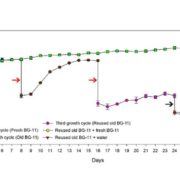
What Limits the Growth of Cyanobacteria?
Blog, Plant Physiology, Plant Physiology: On The Inside, Research, Research BlogThe commercialization of cyanobacteria-based biomass and biomolecules requires optimization for sustainable economic viability. Many studies identified growth-limiting factors in the model cyanobacterium Synechocystis (e.g. nutrients and light). Understanding the factors controlling the limitation…

A Key Enzyme in the Biosynthesis of a Plant-Derived anti-HIV Drug
Plant Physiology, Plant Physiology: On The Inside, Research, Research BlogRhododendron dauricum (Ericaceae), a native of northeastern Asia, produces unique secondary metabolites including daurichromenic acid (DCA). DCA has attracted considerable attention as a medicinal resource because this compound is one of the most effective natural products with anti-HIV properties in…
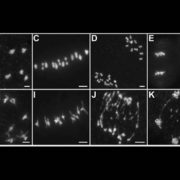
Crossover Guard: MEICA1 Prevents Meiotic Mishaps
Blog, Research, Research Blog, The Plant Cell, The Plant Cell: In BriefDuring meiosis, recombination between allelic sequences on pairs of homologous chromosomes forms crossovers; these crossovers help make sure that the homologs segregate accurately (reviewed in Zhang et al., 2014). However, cells must suppress recombination between non-allelic sequences, as ectopic recombination…
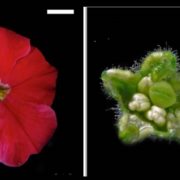
BEN, ROB, and the Making of a Petunia Flower
Research, Research Blog, The Plant Cell, The Plant Cell: In BriefA lot of effort goes into making a flower. Suites of genes must function in the right place at the right time. If not, stamens might grow where sepals should be, and so on, yielding homeotic mutant flowers. In general, flower parts are arranged in four concentric whorls of organs, including (from outside…
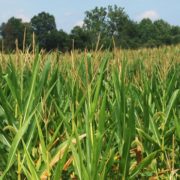
Jenna Gallagos, ASPB AAAS Mass Media Fellow, on Myths About Farming
Blog, Research, Research BlogJenna Gallagos is a talented writer and a scientist, and she's spending this summer as a writing fellow at the Washington Post. Here's her latest, "10 mega myths about farming to remember on your next grocery run"
https://www.washingtonpost.com/news/speaking-of-science/wp/2017/07/24/10-mega-myths…
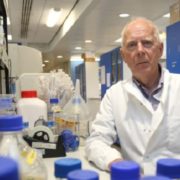
Prof Sir David Baulcombe on new £30million Cambridge Centre for Crop Science
Blog, Research, Research BlogBy 2050, the planet’s population is predicted to have reached 9.6 billion and pressure on our food sources will have intensified.
Eminent plant scientist and molecular biologist Professor Sir David Baulcombe believes science and technology must provide the answers to this challenge.
“I think…
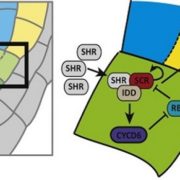
Review: Uncovering gene regulatory networks controlling plant cell differentiation ($)
Plant Science Research Weekly, Research, Research BlogThe transparency and simplicity of the Arabidopsis root apex has made it an excellent model through which to understand the processes that lead from undifferentiated meristem cells to mature root tissues. Drapek et al. review the gene regulatory networks (GRNs) that underlie the development of the endodermis…

